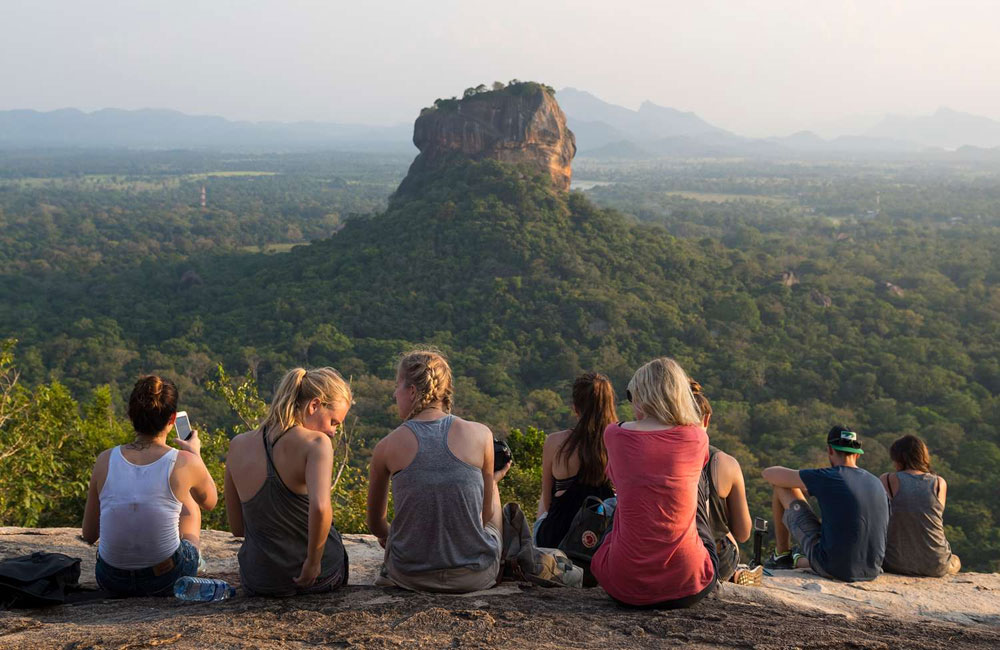The Asian Development Bank (ADB) has stepped in with a US$100 million support package to help Sri Lanka revive its struggling tourism industry, targeting two key hubsDambulla-Sigiriya and Trincomalee—as potential catalysts for regional and national growth.
According to ADB’s Country Director for Sri Lanka, Takafumi Kadono, the program is designed to support policy and institutional reforms, improve governance and marketing, promote skills development, and accelerate digitalization. The initiative seeks to transform tourism into an engine of inclusive and sustainable economic growth, with special attention to resilience-building against internal and external shocks.
Under the Sustainable Tourism Sector Development Program, ADB will provide a concessional loan of US$70 million and a regular loan of US$30 million. The funding will address infrastructure gaps, strengthen private sector participation, and help diversify Sri Lanka’s tourism offerings into untapped areas such as marine and eco-tourism.
While the ADB’s intervention comes as a much-needed boost, tourism experts express skepticism about whether the present JVP-led NPP government can convert financial assistance into sustainable progress.
Data from the Sri Lanka Tourism Development Authority (SLTDA) show that tourist arrivals in the first nine months of 2024 exceeded 1.5 million, approaching pre-pandemic levels. However, foreign exchange earnings lag behind 2018 figures, with receipts totaling only around US$2 billion, compared to US$4.4 billion six years earlier.
Industry analysts blame the shortfall on policy inconsistency and poor strategic direction. Several hoteliers and investors have raised concerns over frequent regulatory shifts, such as abrupt changes to visa-on-arrival rules, taxation on hotel stays, and import restrictions affecting tourism-related businesses. Others cite the lack of clarity in tourism zoning regulations and delays in implementing a destination branding strategy, leaving Sri Lanka trailing behind regional competitors like the Maldives and Thailand.
Furthermore, while the government promotes “community tourism” as part of its socialist development agenda, experts argue that over-centralization of decision-making and bureaucratic inefficiency have slowed project execution and discouraged private investment.
ADB’s Kadono emphasized that the loan’s success depends on strong governance and continuity in policy implementation. Without a clear roadmap, the country risks squandering another opportunity to leverage its natural and cultural assets for sustainable economic gain.
In short, the ADB’s US$100 million commitment offers a vital chance for Sri Lanka to re-establish itself as a top regional destination. But unless the government abandons ad hoc policy shifts and focuses on long-term stability, investor confidence, and sustainable development, the tourism sector’s recovery may remain fragile—leaving yet another reform program lost in bureaucratic turbulence.

Leave your comments
Login to post a comment
Post comment as a guest